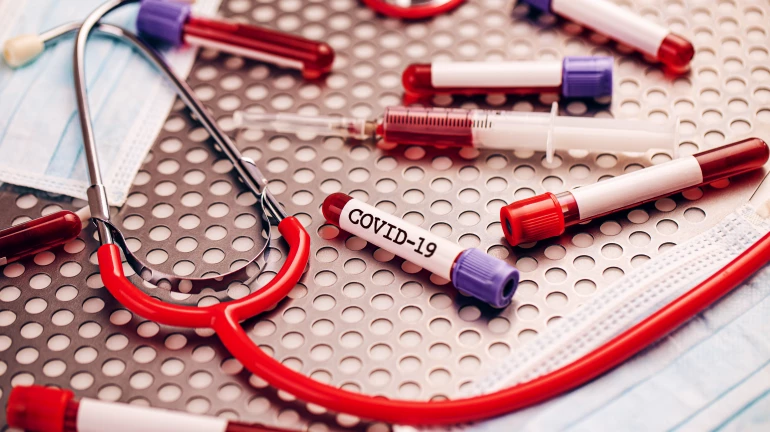
Last year, on March 9, Maharashtra had reported its first cases of coronavirus whereas Mumbai witnessed its first two cases exactly after two days.
Moreover, on March 16, the total tally of COVID-19 cases in Maharashtra reached 37 with three confirmed case in Mumbai and one in Navi Mumbai. The Mumbai cases included a three-year-old child and her mother, who had contracted it from the child's father who had returned from the US. A woman in Yavatmal, who had earlier tested negative and placed in an isolation ward, tested positive for the coronavirus; another youth in Pune who had also visited Dubai was diagnosed with COVID-19.
As the state government announces fresh restrictions in view of the spike in cases of coronavirus, it becomes crucial to understand what worked in containing the spread of the contagious disease in the first place during the first wave of COVID-19.
Speaking about Dharavi, one of the largest slums in Asia, the “Dharavi pattern” had earlier been widely successful in breaking the chain of the coronavirus. Along with the police, the doctors, nurses, paramedical staff, cleaners, MPs, MLAs, state administration, municipal corporations and other people's representatives did their best to control the spread of COVID-19 in the area.
Meanwhile, spreading awareness through a loudspeaker from a police vehicle and using state-of-the-art drones to alert people through loudspeakers are some of the methods the police had opted for. These state-of-the-art drones covered an area of about four kilometres. The police also made an audio clip of what to watch out for with regards to the coronavirus and broadcasted it through WhatsApp groups, holding meetings at social security distances, and transmitting information about the clip to the public through loudspeakers in temples and mosques.
Never forget the big T- Testing
On the other hand, last year, in the month of July, Maharashtra doubled its testing capacities conducting 19.72 lakh COVID-19 tests, a 98 per cent rise from July 1, when the total number of tests was at 9.95 lakh, as per the data from the Maharashtra medical education and drugs department.
In addition, introducing one-rupee clinics enabled thousands of people across housing societies in Mumbai at their homes to find asymptomatic patients suffering from COVID-19. The one-rupee clinic volunteers had also conducted free screenings in areas like Thane, Kalyan and Dombivli with mobile clinics. The screening was undertaken by a team of a doctor and other medical staff. Any person found with the symptoms of the coronavirus was further advised to go to a nearby municipal hospital in order to take a medical test.





